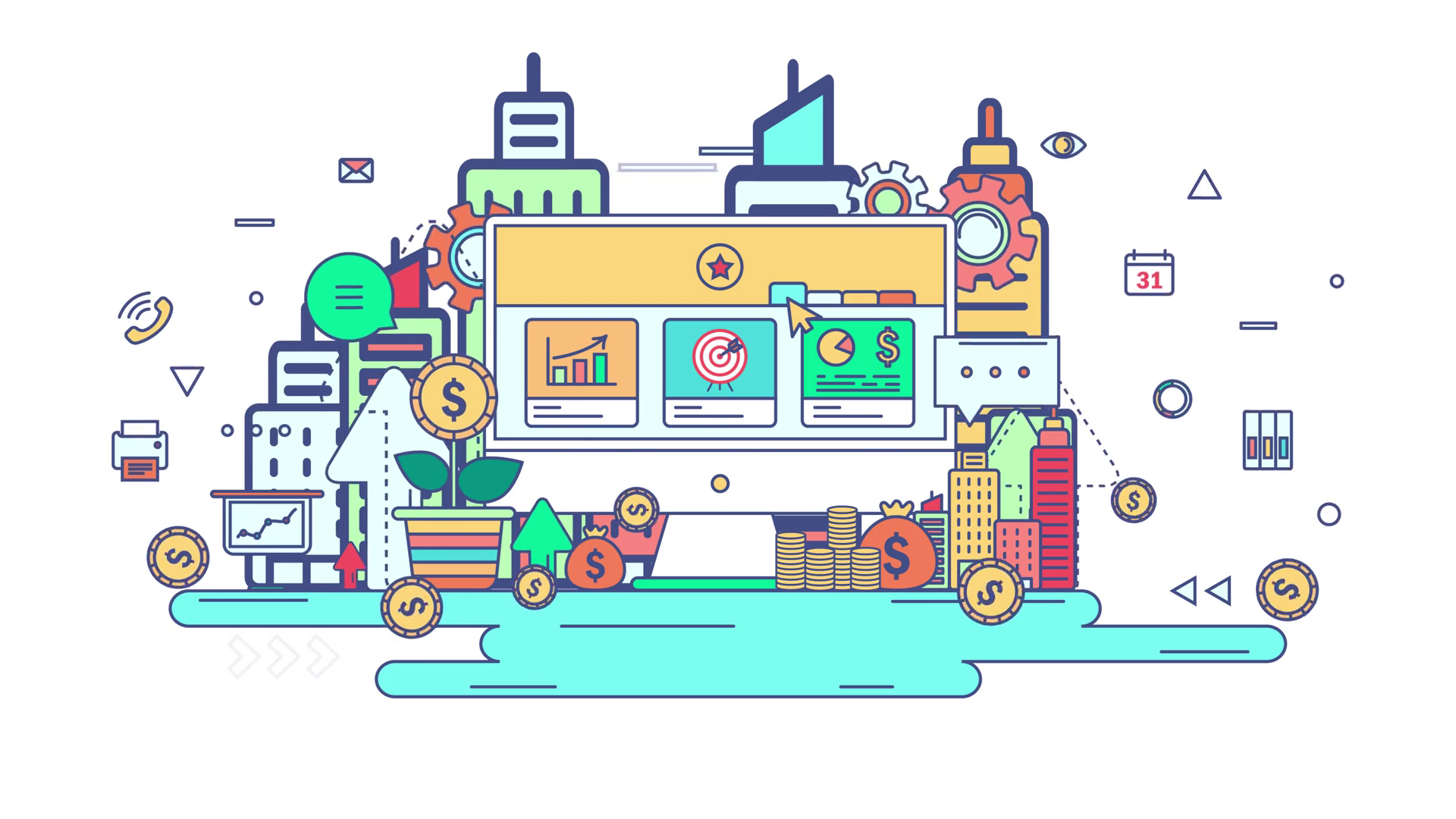A human resource management system (HRMS) is a system that helps you manage your employee data. For example, it can help you keep track of employee roles and responsibilities, payroll, and benefits.
Many different HRMS features can make your life easier. Here are ten of the most awesome HRMS features:
Employee Self-Service:
This feature allows employees to view and update their information, such as contact information, emergency contacts, and job preferences. They can also submit time off requests and view their pay stubs.
Time and Attendance Tracking:
This feature allows you to track when your employees clock in and out and their total hours worked each week. You can use this information to calculate payroll, track over time, and monitor productivity.
Leave Management:
This feature allows you to track and manage employee vacation, sick, and personal time off. You can set up accrual rates, approve or deny time off requests, and generate reports.
Performance Management:
This feature allows you to create and manage performance reviews. You can set goals, provide feedback, and measure progress over time.
Benefits Administration:
This feature allows you to manage employee benefits, such as health insurance, retirement plans, and flexible spending accounts. You can enroll employees in plans, change coverage levels, and process claims.
Talent Acquisition:
This feature helps you recruit new employees by posting job openings, tracking applicants, and managing the hiring process.
Onboarding:
This feature helps you, onboard new employees, by providing information about the company, their job duties, and company policies.
Training and Development:
This feature helps you manage employee training programs and development plans. You can create courses, assign training modules, and track completion rates.
Compensation Management:
This feature allows you to manage employee salaries, bonuses, and commissions. You can create pay scales, calculate raises, and process payroll deductions.
Reports and Analytics:
This feature provides data that can be used to make informed decisions about your human resources strategy. You can generate employee demographics, turnover rates, absences, and more reports.
These are just some of the many excellent HRMS features that can make your life easier. When shopping for an HRMS, be sure to look for one with all the features you need.
Risks:
There are a few risks to using an HRMS, such as data breaches and system downtime. However, these risks can be mitigated by choosing a reputable HRMS provider and implementing security best practices.
Data breaches:
One of the most significant risks of using an HRMS is that sensitive employee data could be compromised in a data breach. To prevent this, you should choose an HRMS with robust security features, such as encryption and user authentication. You should also implement security best practices, such as restricting access to sensitive data and regularly backing up your data.
System downtime:
Another risk of using an HRMS is that the system could experience downtime, which would disrupt your business operations. To prevent this, you should choose an HRMS with a 99.99% uptime guarantee. It would help if you also had a backup plan in case of system downtime.
Implementing an HRMS can help you save time and money while improving employee management processes. However, choosing the right HRMS and implementing security best practices to mitigate the risks is essential.





